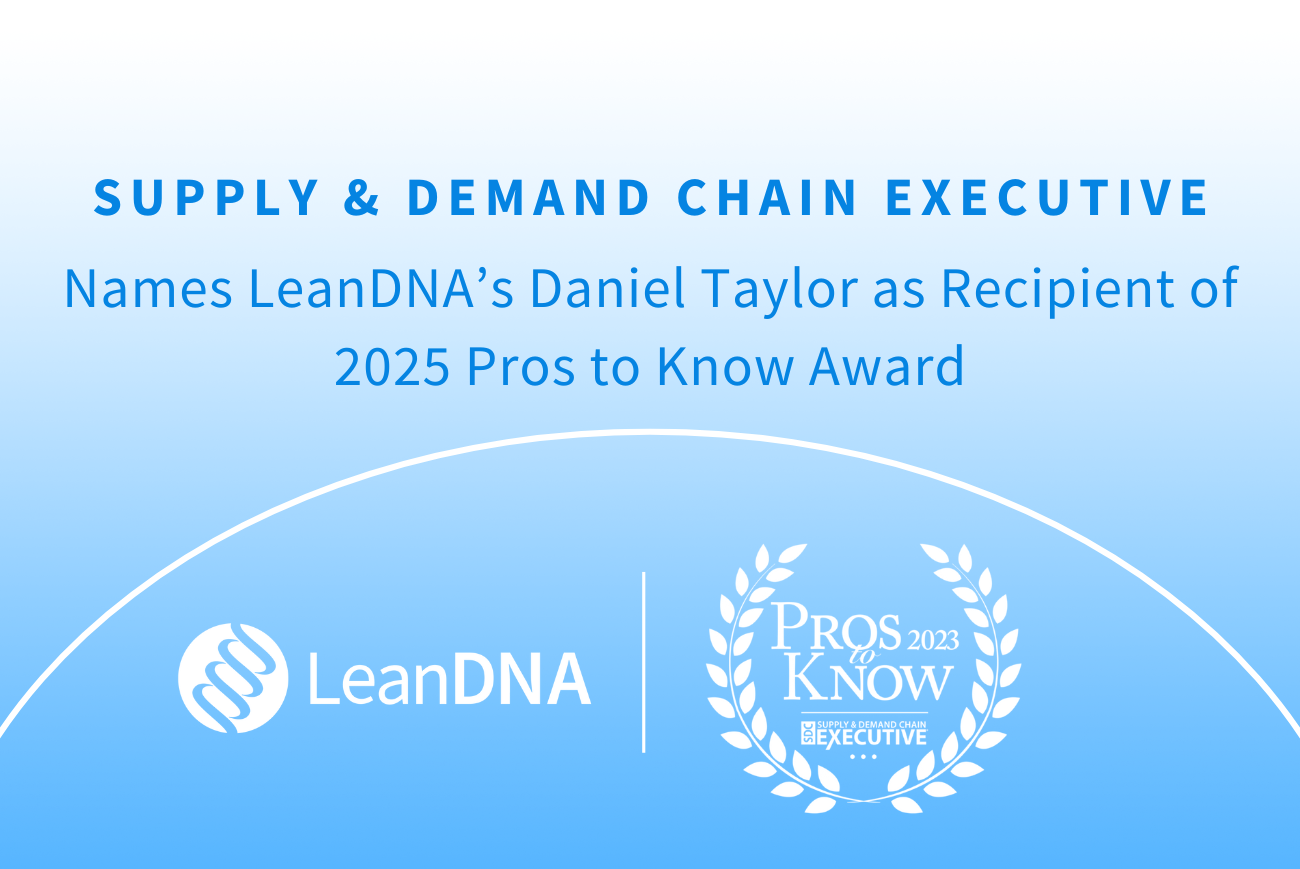Improvements to Make for Supply Chain Network Optimization
In today's fast-paced and complex business environment, supply chain network optimization has become crucial for organizations aiming to gain a competitive edge. An optimized supply chain network ensures efficient operations, reduced costs, improved customer satisfaction, and increased profitability.
To achieve these goals, companies must implement best practices that streamline processes, enhance collaboration, and align organizational strategies. In this blog post, we will explore the ten best practices to follow in supply chain network optimization.
Talent Identification and Retention
Effective supply chain network optimization begins with assembling a skilled and dedicated team. Identifying and retaining top talent with relevant expertise and experience is essential for achieving success.
Companies should invest in talent acquisition programs, provide training and development opportunities, and create an inclusive and rewarding work environment. Engaged and competent employees will contribute significantly to optimizing supply chain processes.
Organizational Alignment
Alignment across departments and functions is vital for smooth supply chain operations. Organizations should foster a culture of collaboration and communication, ensuring that everyone is working towards common goals.
Cross-functional teams should be formed to break down silos and encourage the sharing of information and best practices. By aligning goals, strategies, and objectives, companies can optimize their supply chain network and enhance overall efficiency.
Streamlined Collaboration and Standard Work
Efficient collaboration among internal teams and external partners is essential for optimizing the supply chain network. Standardizing work processes, communication channels, and documentation is crucial to achieving consistency and minimizing errors.
Implementing technology-enabled collaboration tools, such as cloud-based platforms and project management software, can facilitate real-time information sharing, streamline workflows, and enhance visibility across the supply chain.
Supply Chain Strategy
Developing a robust and agile supply chain strategy is a critical step in optimizing the network. Organizations should analyze market trends, customer demands, and competitive landscapes to align their strategies accordingly.
Factors such as demand forecasting, lead times, transportation modes, and inventory management should be considered when designing the optimal supply chain network. Regular evaluation and adjustment of the strategy are necessary to adapt to changing market dynamics.
Performance Management
Monitoring and measuring key performance indicators (KPIs) are essential for tracking the effectiveness of supply chain operations. Organizations should establish performance metrics such as on-time delivery, order accuracy, and inventory turnover.
By analyzing these metrics regularly, companies can identify areas for improvement, make data-driven decisions, and optimize the supply chain network accordingly.
Inventory Cost Management
Effective inventory management plays a crucial role in optimizing the supply chain network. Excessive inventory levels tie up capital and increase carrying costs, while insufficient inventory can result in stockouts and customer dissatisfaction.
Employing advanced forecasting techniques, implementing real-time inventory data, and leveraging advanced analytics can help optimize inventory levels, reduce costs, and improve overall supply chain efficiency.
Supply Chain Network Optimization
Optimizing the supply chain network is a complex and continuous process that requires careful planning, collaboration, and the adoption of best practices.
Organizations can enhance their supply chain efficiency, responsiveness, and overall competitiveness by focusing on:
- talent retention
- organizational alignment
- supply chain collaboration
- performance management
- inventory cost management
- supplier innovation and performance
- risk mitigation
- inventory rightsizing
- technology investments
Embracing these ten best practices will enable businesses to stay ahead in an ever-evolving market landscape and drive sustainable growth.
Discover more ways to improve operational performance and supply chain network optimization by reading the How to Utilize Supply Chain Orchestration blog.



